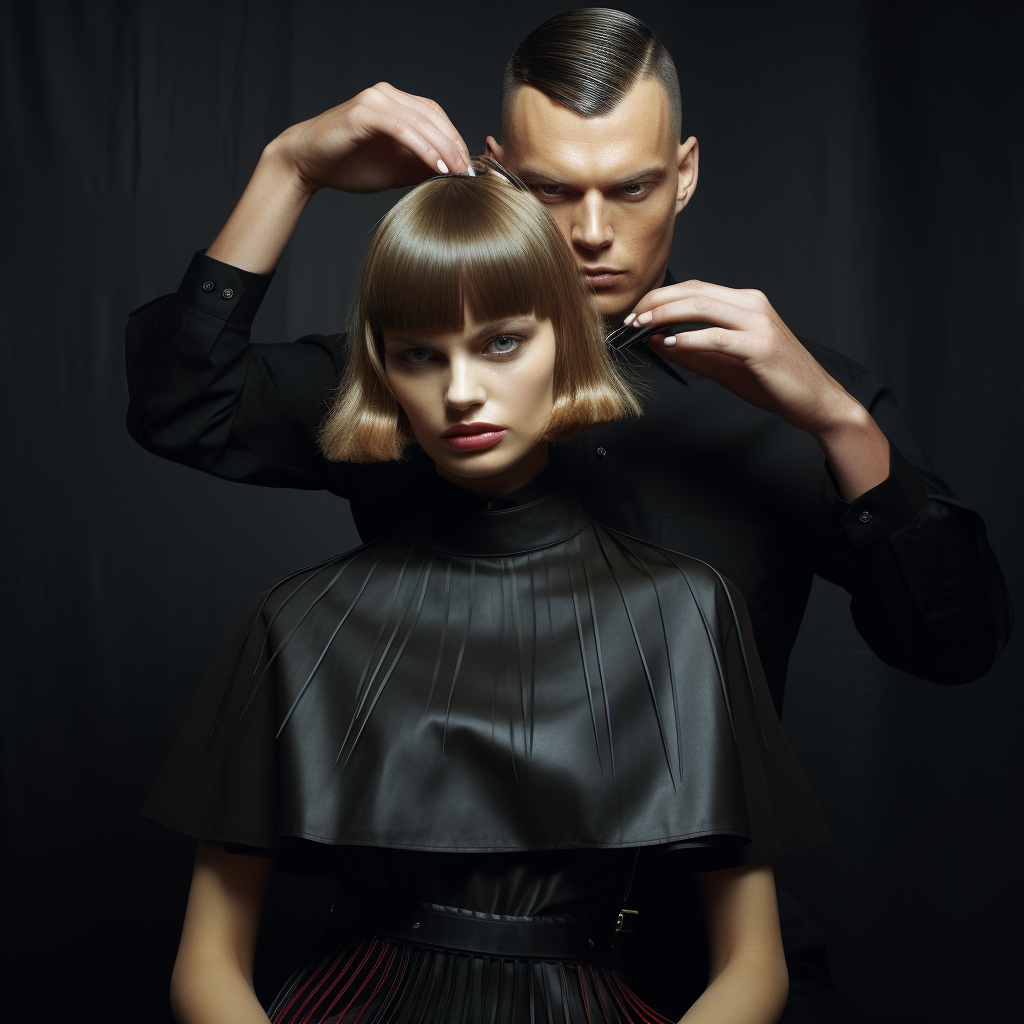Thinking About a Bob? A Stylist’s Unfiltered Guide to Nailing the Look
I’ve been standing behind a salon chair for a long, long time, and I’ve seen trends do a full lap from hot to not and back again. But the bob? It never really leaves. It’s more than just a haircut; it’s like a piece of personal architecture. I still remember the nerves I felt with one of my first clients who wanted one. With a bob, you can’t hide anything. Every line, every angle is right there on display.
In this article
When I spun her chair around and she broke into this huge, confident smile, I got it. A truly great bob isn’t about chasing a trend. It’s a clean, powerful statement that’s all about precision and a deep understanding of the person’s hair and bone structure.
So, this isn’t just a gallery of photos to show your stylist. This is a peek behind the curtain at what your stylist is actually thinking about. Knowing this stuff will help you have a much better conversation in the salon, so you can walk out with a bob that fits you, your hair, and your actual life.
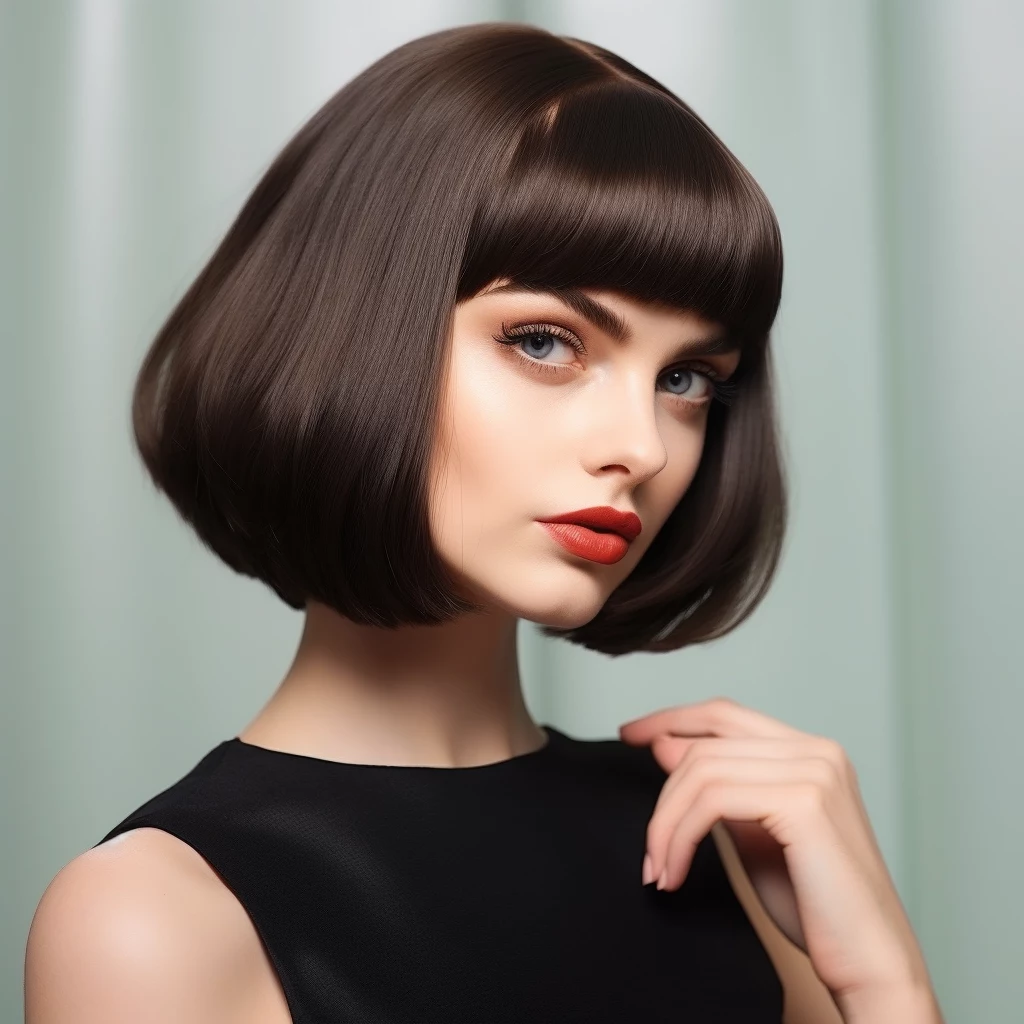
The Foundation: Why a Bob Is a Big Deal
A lot of people think short hair is simple hair. Honestly, it’s the exact opposite. With long hair, you can tuck away a multitude of sins. A bob puts it all out there. Its success hangs entirely on the foundation, which is a mix of hair physics and good old-fashioned geometry. Getting this right is the difference between looking chic and modern or ending up with a dreaded helmet head.
First, We Gotta Talk About Your Hair’s Personality
Before my scissors get anywhere near your head, I’m doing a full assessment of your hair’s natural state. You have to work with the material you’ve got, not fight against it. It’s non-negotiable.
- Density: This is just how many hairs are packed onto your head. For hair that’s on the finer, sparser side, a blunt, one-length bob is a secret weapon. That solid, heavy line at the bottom creates an illusion of thickness. On the flip side, if you have super-dense, thick hair, we need to go in and remove some weight internally so you don’t end up with that triangular, A-frame look.
- Texture: This is about how thick each individual strand is—fine, medium, or coarse. Fine hair can get weighed down easily, while coarse hair can be stubborn and might need softer edges to keep from looking too severe.
- Growth Patterns: Oh yeah, I’m definitely checking the nape of your neck for any funny business. Cowlicks and weird swirls can make or break a bob. If you have a strong one that kicks hair out to the side, cutting the line too short will make it stick straight out. We often have to leave a tiny bit more length right there to weigh it down.
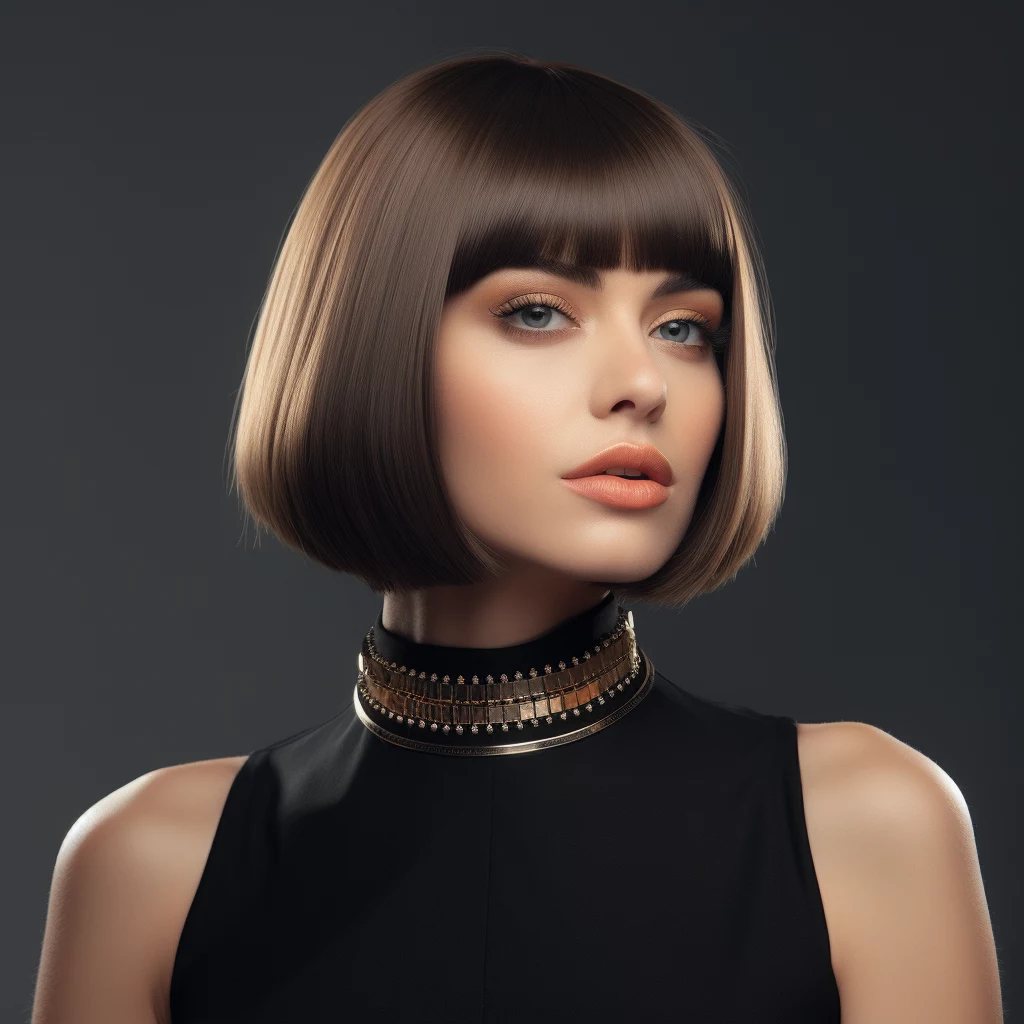
The Geometry of a Great Cut
At its core, haircutting is creating shapes. For a bob, there are a few key techniques in the playbook. Knowing the lingo helps you ask for what you really want.
- The Classic (One-Length): This is done with zero elevation, meaning the hair is combed straight down from the scalp and cut with minimal tension. It’s what creates that solid, sharp perimeter. Think of it as the purest form of the bob.
- Graduation: This is how we build weight and create that beveled, stacked shape you often see in the back. It involves lifting the hair at an angle (usually around 45 degrees) to make the top layers slightly shorter than the ones underneath. It’s a fantastic trick for building volume, especially if the back of your head is a little on the flat side.
- Layering: In a bob, layers are used to remove weight, not build it. We might use some subtle, long layers to help thick hair collapse and fall more softly, or short, choppy layers for a more rock-and-roll, shaggy vibe. It’s a completely different effect from graduation.
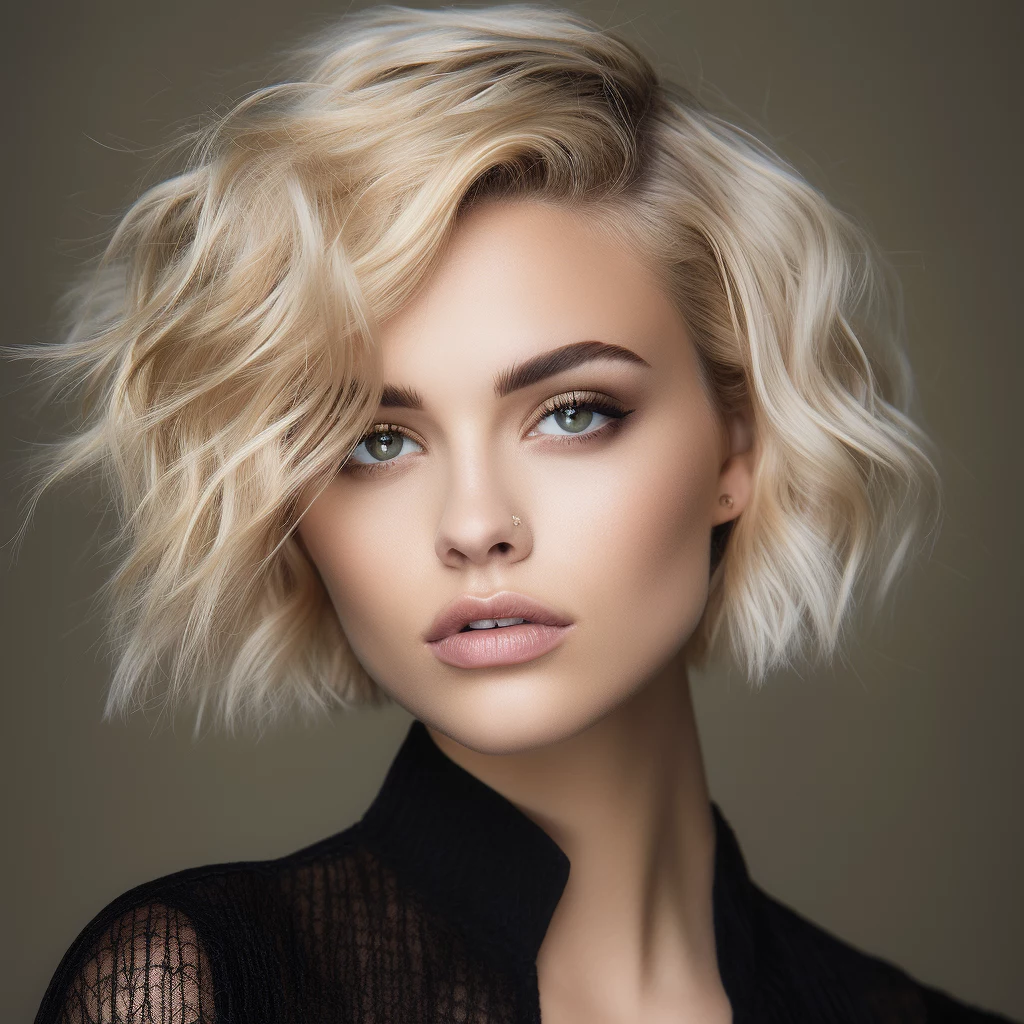
The Game Plan: From First Chat to Final Polish
The best haircut is always a team effort. It starts with a conversation, not just a picture and a nod. When someone new sits in my chair asking for a bob, we’re talking for at least 10 minutes before their hair even gets wet.
Heads up: a precision bob isn’t a 30-minute in-and-out service. You should plan for a solid 60 to 90 minutes for a proper consultation, the cut itself, and the styling and detailing at the end.
The All-Important Consultation
Here are the questions I’m asking, and more importantly, why I’m asking them:
- “How much time do you really spend on your hair?” Be brutally honest. If you’re a five-minute, splash-and-go person, a high-maintenance graduated bob that needs a daily round-brush blowout is going to make you miserable. What that answer tells me is whether we should aim for a lived-in, air-dry style instead.
- “How do you usually wear your hair?” Need to pull it back for the gym or work? A bob that’s cut right at the chin won’t make it into a ponytail. The lob (long bob) might be your best friend if you need that versatility.
- “What have you loved or hated about past cuts?” This is gold. If you tell me, “My last bob always flipped out at the ends and it drove me crazy,” I know to use specific cutting techniques that encourage the ends to tuck under.
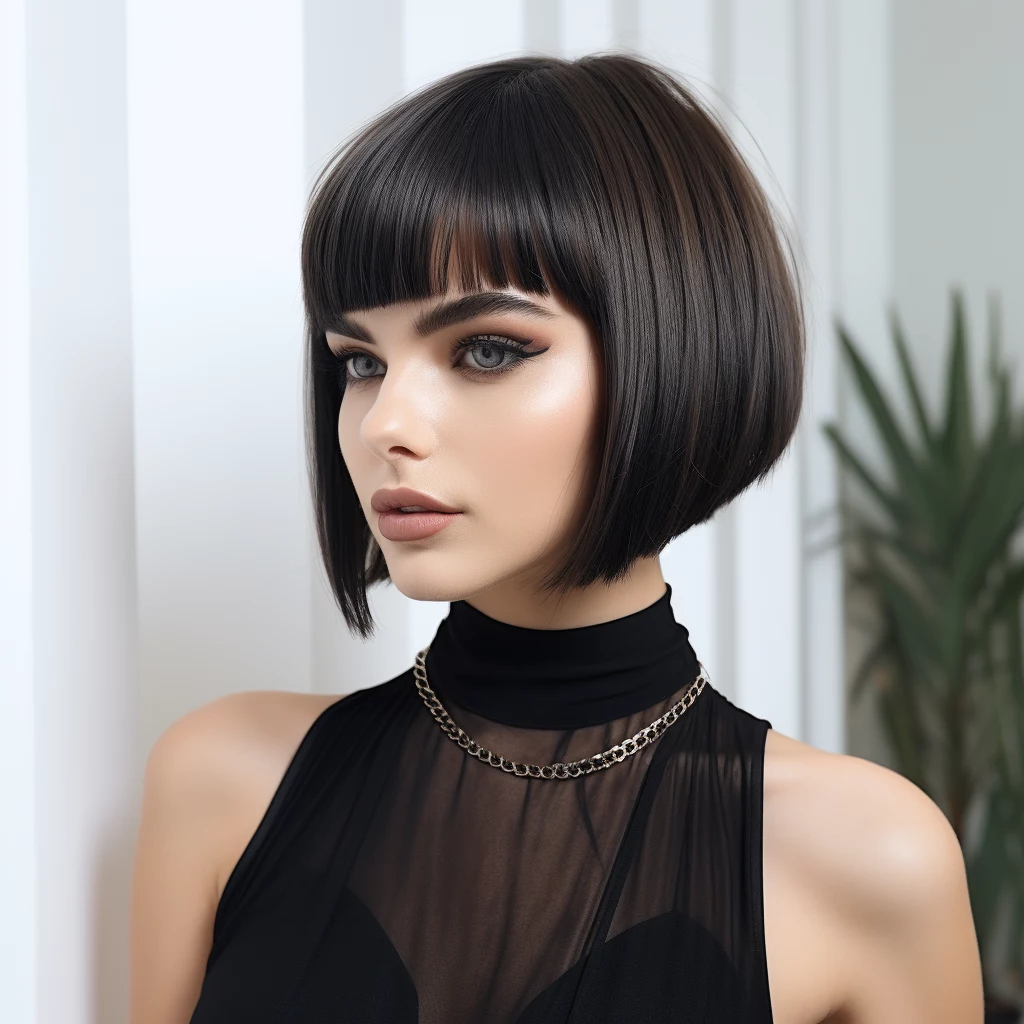
Choosing the Right Tool: Shears vs. Razor
The tool creates the texture, and the choice is always deliberate. My go-to is an ultra-sharp pair of shears for creating those crisp, clean lines. For a blunt bob, it’s the only way to go. But a razor… a razor is for creating magic. I use it to slice into the hair, removing bulk and creating a soft, feathered texture that’s perfect for shaggier styles. A quick warning, though: razors are only for healthy, strong hair. On fine or damaged hair, it can cause shredding and frizz.
The Main Event: What to Expect in the Chair
Once we have a plan, the real work starts. It’s a methodical process.
- Sectioning: First, I part your hair into four clean, manageable sections. Control is everything. Trying to cut too much hair at once is a surefire way to get crooked lines.
- The Guideline: The entire cut is built off the very first snip. For a bob, this is usually a small section right at the nape of the neck. I’ll ask you to tilt your head forward just a bit. This ensures the bottom layer is the absolute shortest, which helps prevent that annoying flip as it grows out.
- Building the Shape: From there, I take thin, diagonal sections, comb them down perfectly to meet that guideline, and cut. My body position, my tension, my angle—everything has to be consistent from one section to the next.
- The Double-Check: After the main shape is in, I cross-check my work by taking sections in the opposite direction to find any stray long pieces. I check it wet, and then I check it again after it’s dry. Hair can shrink and do weird things when it dries, so that final dry-check is essential.

Which Bob Is Right for You?
Okay, let’s get practical. Think of these as starting points for your conversation with a stylist. And yes, your face shape definitely plays a role!
- The Classic Bob. This is that sharp, one-length cut that falls somewhere between your shoulders and chin. It’s pure elegance. It’s brilliant for making fine-to-medium hair look thicker and fuller. For face shapes, it’s a winner for oval and heart-shaped faces. Maintenance is pretty high; you’ll need a trim every 6-8 weeks to keep that line looking razor-sharp. Styling usually involves a blow-dryer and flat iron for that glassy finish.
- The Graduated Bob. Also known as a stacked or A-line bob, this style is shorter in the back and angles down toward the front, with volume built in at the crown. It’s a lifesaver for fine hair or anyone wanting more shape in the back. This style is fantastic for elongating a rounder face shape. Be warned, the maintenance is very high. That stacked shape grows out fast, so plan for trims every 4-6 weeks. You’ll need to commit to a round brush and blow-dryer to get that signature curved shape.
- The Textured Bob. This is the cool, effortless cousin. The ends are softened and it often has subtle layers for movement. It’s perfect for naturally wavy or thick hair. By softening the corners, this cut is amazing for softening a square jawline. The best part? Maintenance is super low. It grows out beautifully, so you can stretch your appointments to 8-12 weeks. For styling, just scrunch in a little sea salt spray (3-4 spritzes on damp hair) and let it air dry. The less you fuss with it, the better it looks.
- The Long Bob (or “Lob”). This is the ultimate versatile cut, with the length falling between your chin and collarbone. It’s a fantastic gateway haircut if you’re nervous about going short, and it genuinely suits almost every face shape and hair type. Plus, it’s long enough to pull back! Maintenance is low to medium, with trims needed about every 8-10 weeks.
And what about bangs? Adding a fringe can totally change the vibe, but it’s a serious commitment. You’ll need trims every 3-4 weeks (ask your salon, some offer these for free or a small fee of around $15-$20) and you have to style them every single day. No exceptions.
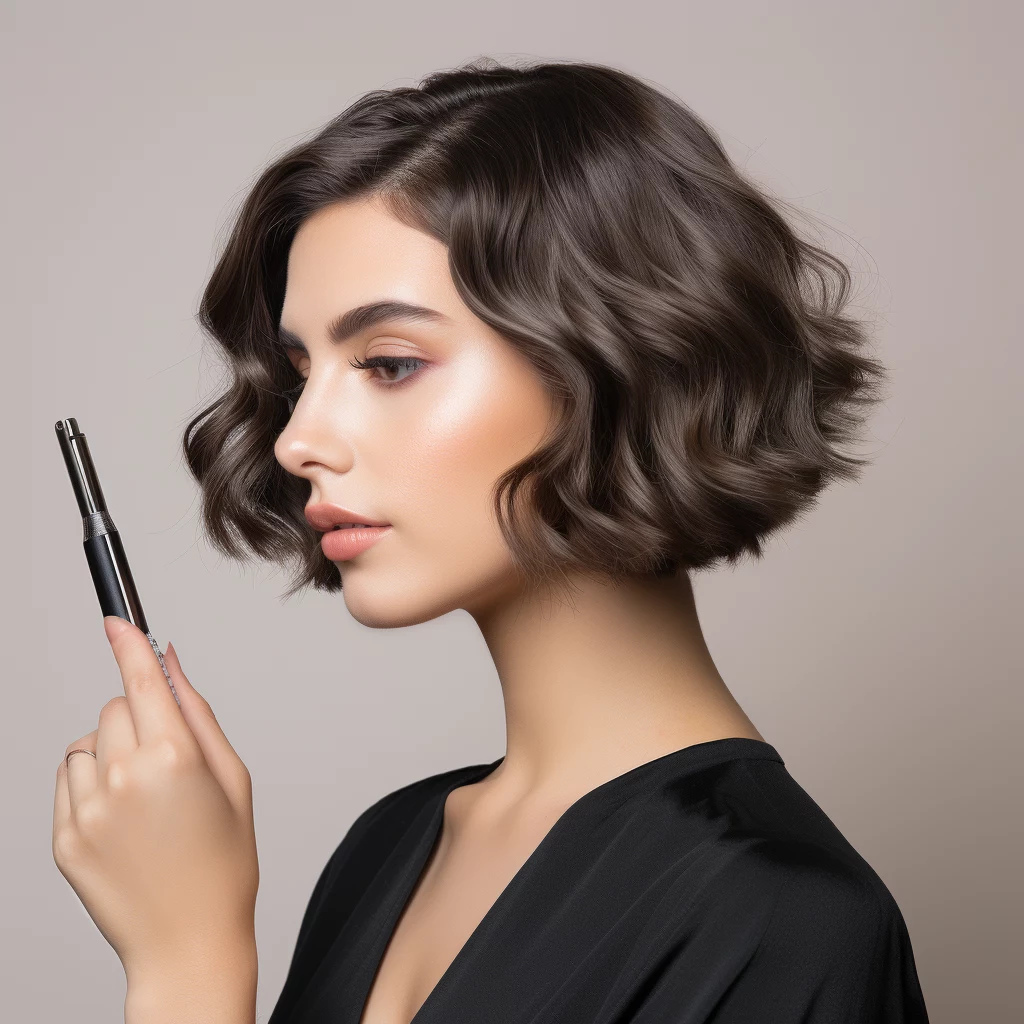
The Nitty Gritty: Cost, Finding a Pro, and Surviving the Grow-Out
Alright, let’s talk logistics. A precision bob from a stylist who really knows their stuff is an investment. You’re not paying for a simple trim; you’re paying for their expertise in geometry. Depending on your city and the stylist’s experience level, expect to pay anywhere from $75 to over $250.
So how do you find someone good? Hop on Instagram and search hashtags like
precisioncutting,
bobspecialist, or #[yourcity]hair. Look at their portfolio. Are the lines clean? Do the shapes look balanced? That’s your proof.
Eventually, you might want to grow it out. That awkward phase is real, but you can survive it! This is when cute clips, headbands, and learning a simple twist or braid can be a lifesaver. Once it passes your shoulders, you can ask your stylist to reshape it into a proper long-layered cut.
A Final Word of Honest Advice
I can’t say this enough: please, do not try to cut your own bob. I have seen the aftermath of so many DIY attempts, and it usually ends with an emergency fix-it appointment where we have to go much shorter than you ever wanted. It’s physically impossible to get the angles right on your own head.
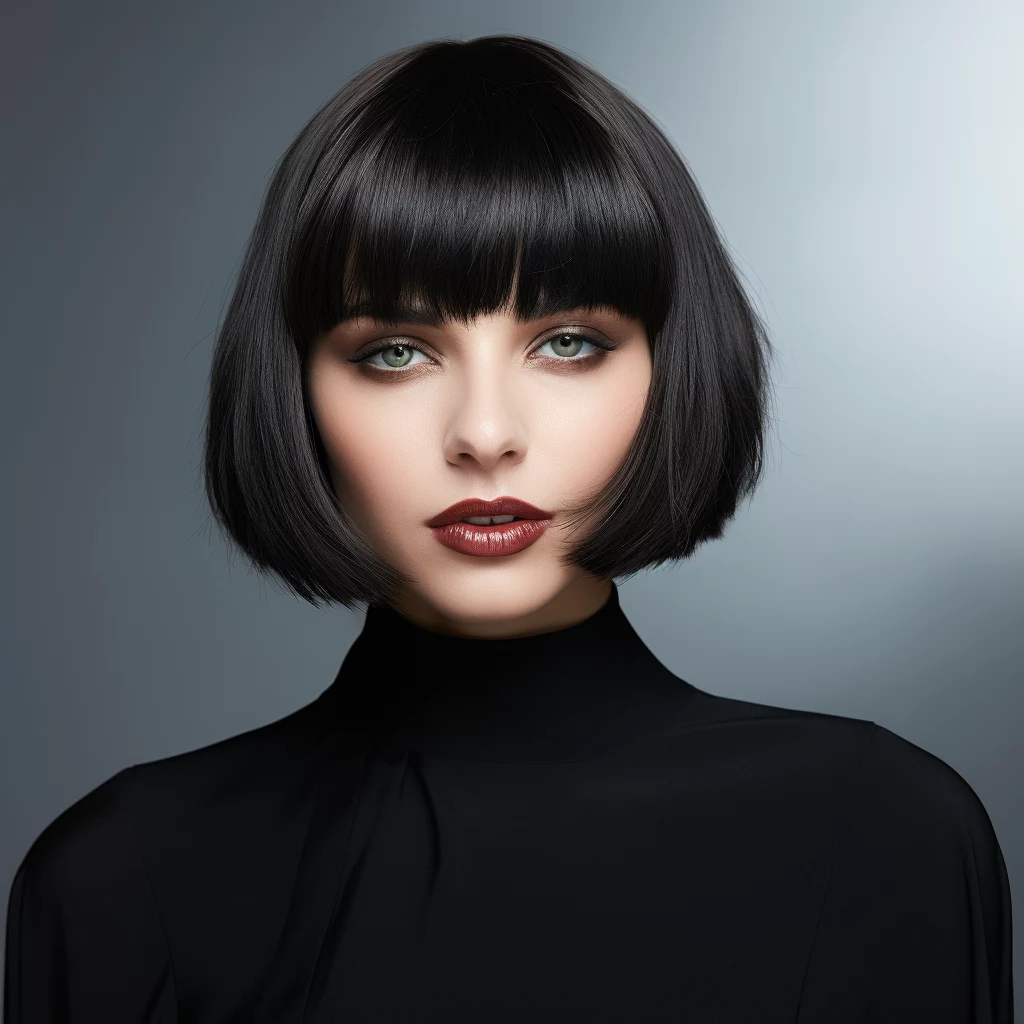
And remember, bring in those inspiration pictures! They’re a great starting point. But trust your stylist if they tell you that the photo of a super sleek bob won’t work on your super curly hair. A true pro won’t just copy a picture; they’ll take the vibe of the photo and customize it perfectly for you. That’s the real craft.
Galerie d’inspiration
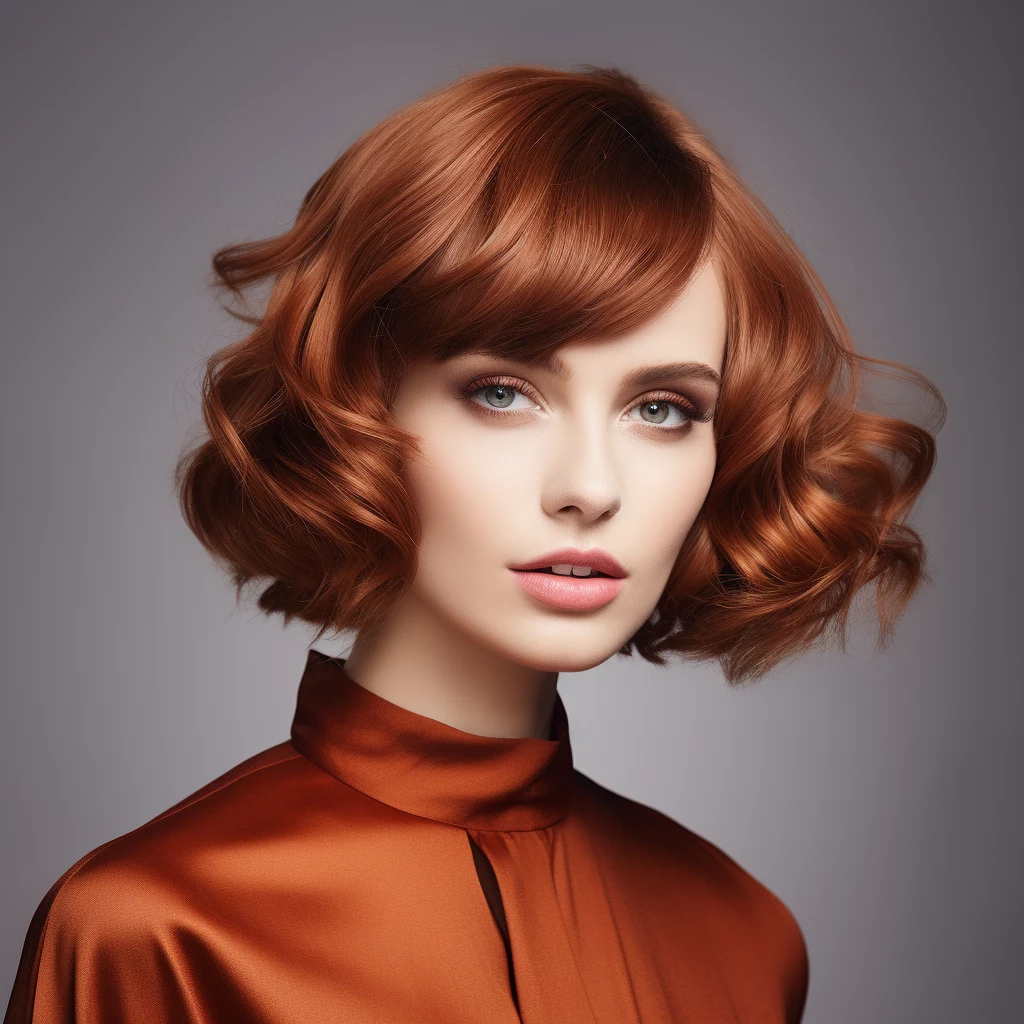
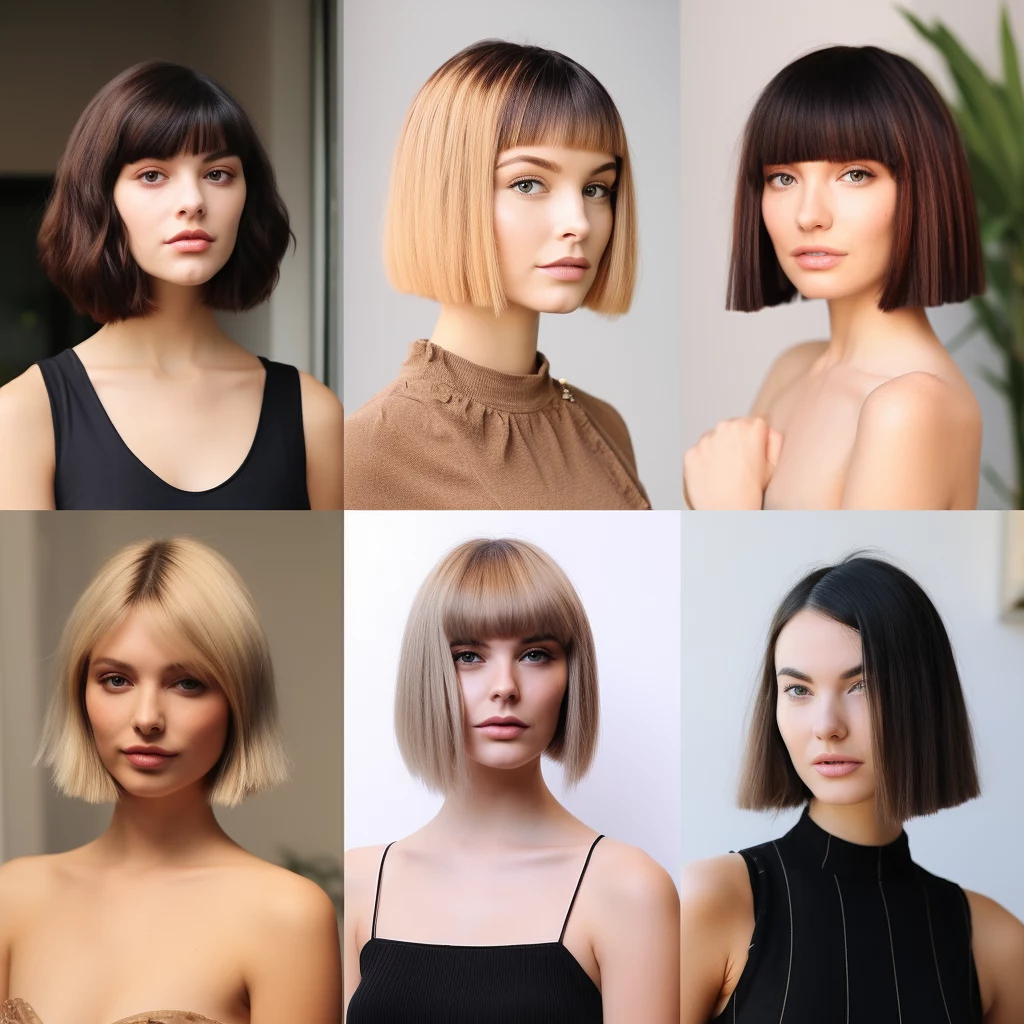
The #1 Styling Mistake: Over-relying on your flat iron. A great bob has movement and life. Constantly clamping it into submission with extreme heat can create stiff, dated-looking ends. Instead, try a blow-dry with a round brush to create shape and bend from the inside out.
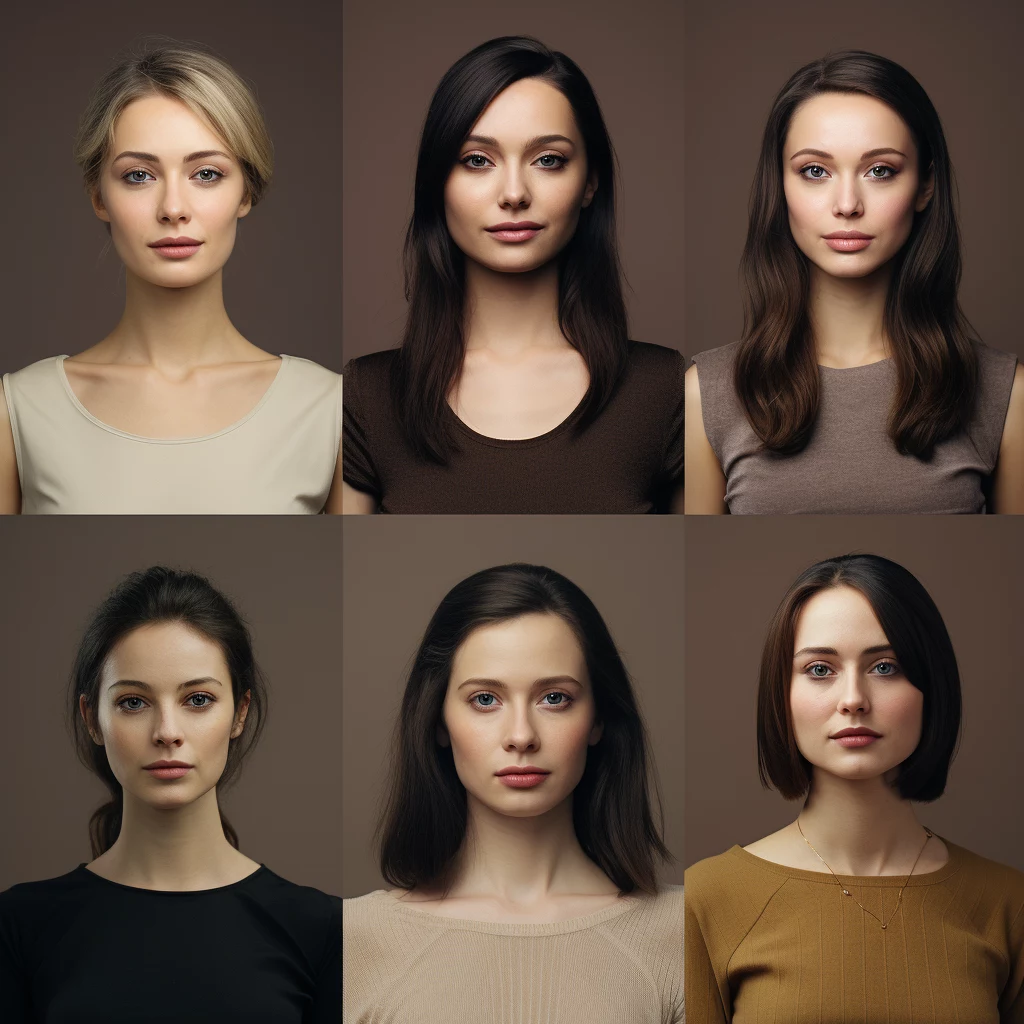
That sharp line looks amazing, but how often do I really need a trim?
For a blunt, precision bob, the magic number is every 6 to 8 weeks. Waiting longer can cause the ends to lose their crispness and the overall shape to soften, turning your power cut into a shapeless style. It’s a commitment, but it’s the key to keeping it looking intentional and chic.
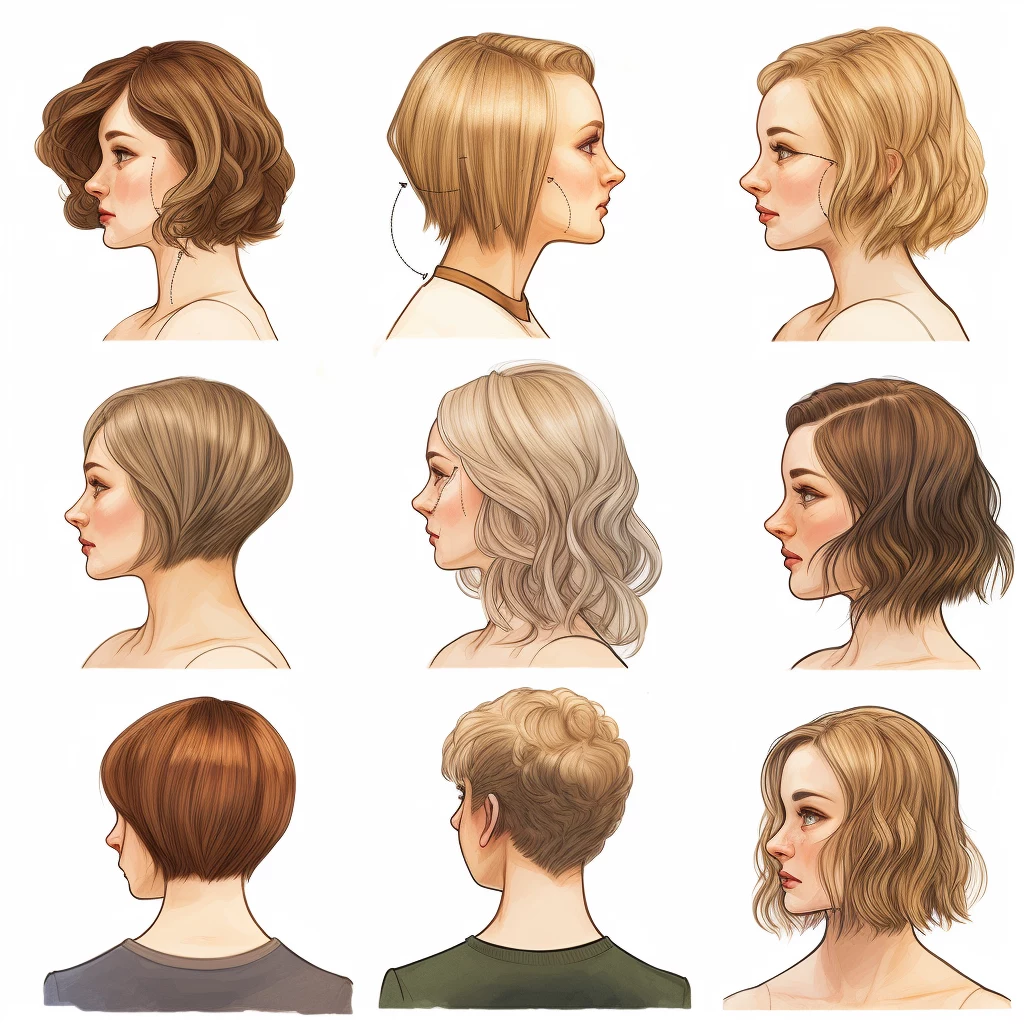
The five-point cut, created by Vidal Sassoon in the 1960s, was a revolution in hairdressing.
This wasn’t just a haircut; it was architectural liberation. Sassoon’s geometric cuts were designed to work with the hair’s natural fall, freeing clients from the tyranny of the weekly salon set. A great bob today still honors that principle: it should look just as good air-dried as it does professionally styled.
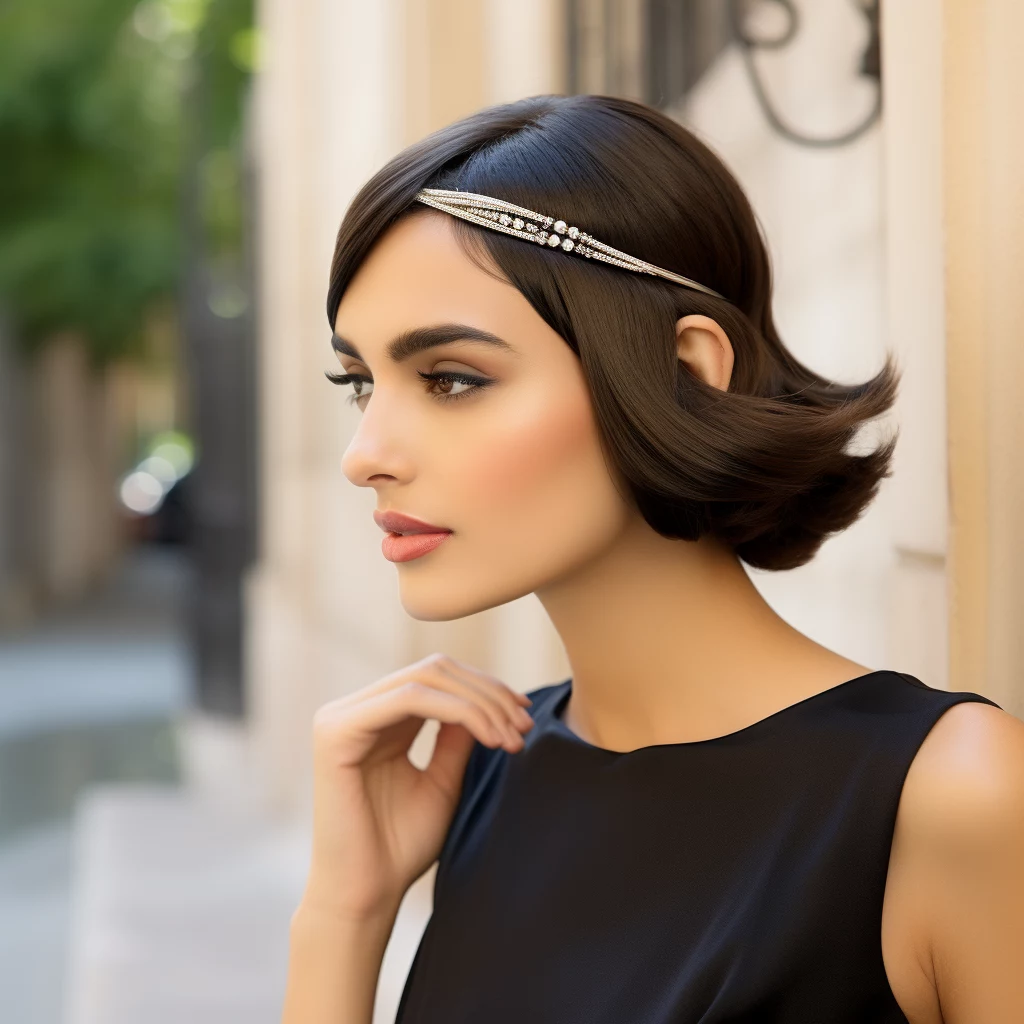
Your bob’s best friends in the product cabinet are few but mighty:
- A Volumizing Mousse: Work a golf-ball-sized amount of L’Oréal Professionnel Tecni.ART Full Volume Extra through damp roots for lift that doesn’t feel sticky.
- A Texture Spray: For that perfectly undone look, a few spritzes of Oribe Dry Texturizing Spray on dry hair are non-negotiable.
- A Shine Serum: Finish with a single drop of Kérastase Elixir Ultime to tame flyaways and add a mirror-like finish.
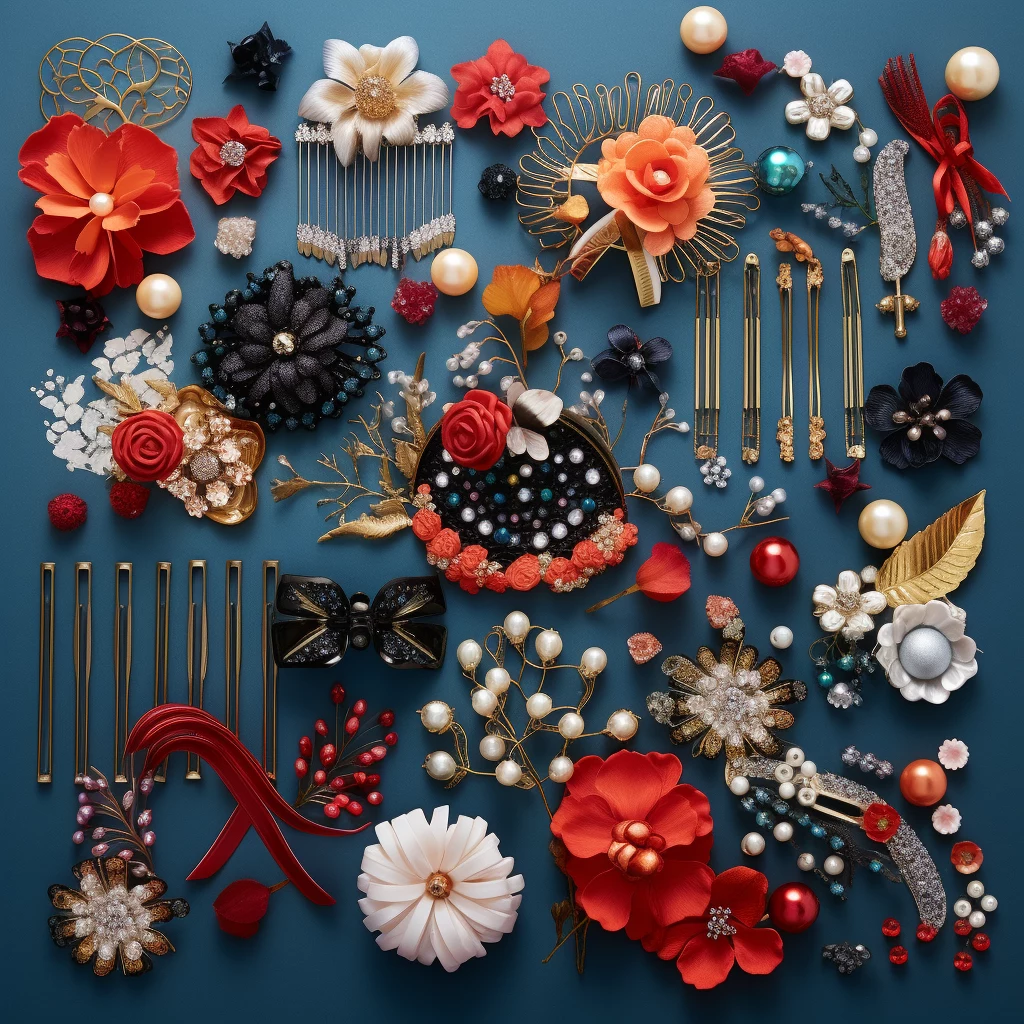
Whispers of Parisian chic are often carried on the breeze of a ‘French Bob.’ Typically shorter than its classic counterpart, it kisses the jawline, is often paired with a fringe, and celebrates natural texture. It’s less about perfect polish and more about an effortless, lived-in elegance that feels both timeless and completely modern.

The Italian Bob: Full-bodied, chunky, and hitting just below the chin, it’s all about luxurious volume and a subtle flip at the ends. Think Monica Bellucci glamour.
The Scandi Bob: Sharper, sleeker, and often tucked behind one ear. It’s minimalist, with a deep side part and a super-blunt edge that screams effortless cool.
The choice depends on the vibe you’re after: sultry and voluminous or clean and modern.
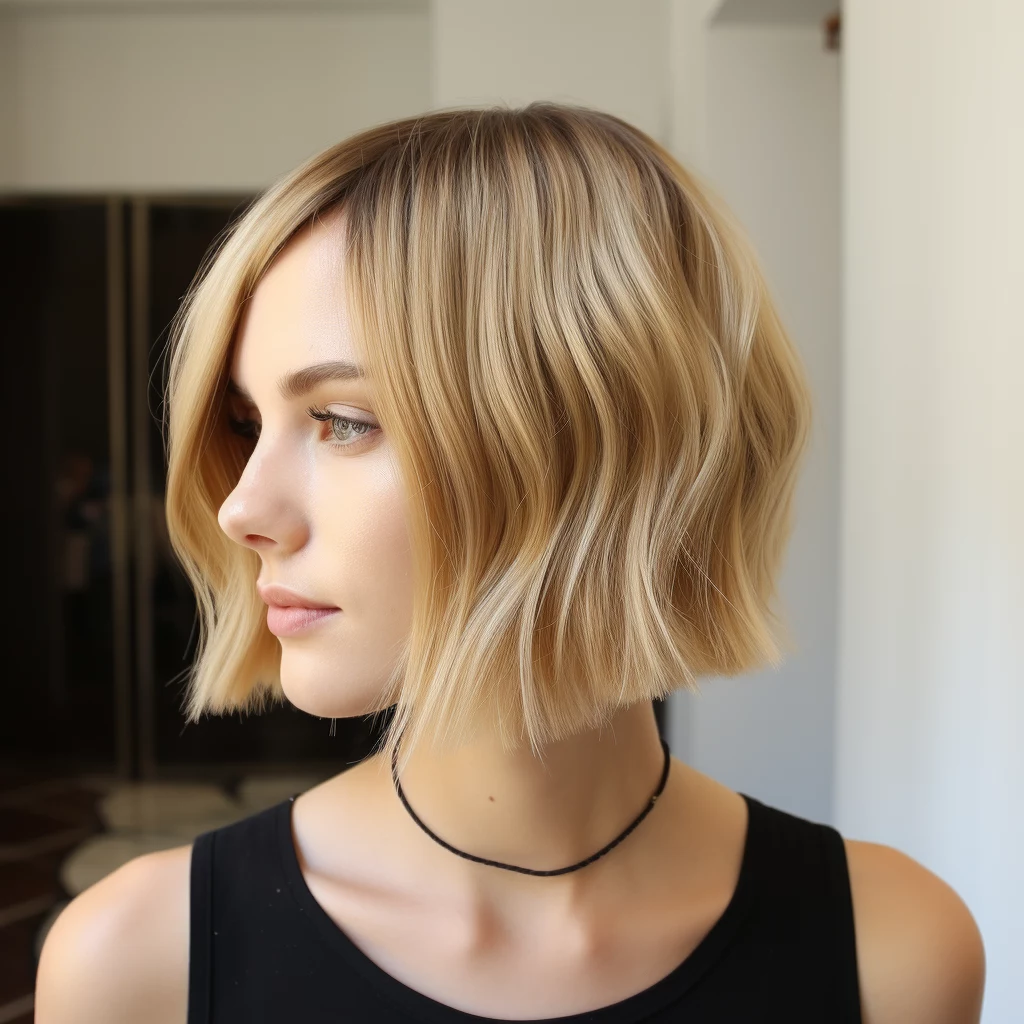
‘A woman who cuts her hair is about to change her life.’ – Coco Chanel
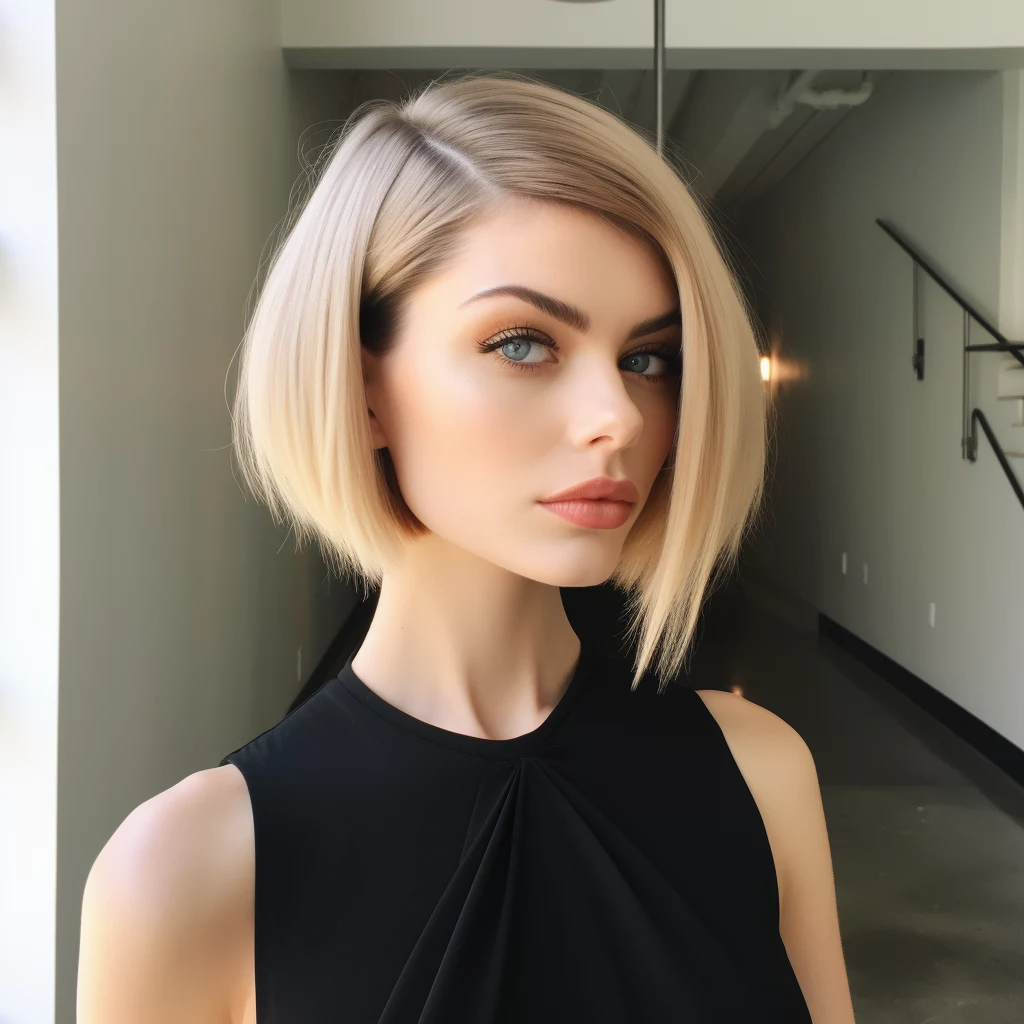
Navigating the grow-out phase can feel awkward, but it doesn’t have to be a style desert. A few strategic tweaks can make the transition graceful and even chic.
- Switch up your part. Moving from a center to a deep side part can instantly change the weight and shape.
- Introduce accessories like statement clips or headbands to control unruly sections.
- Experiment with texture. Adding waves or curls can help blend the growing layers seamlessly.
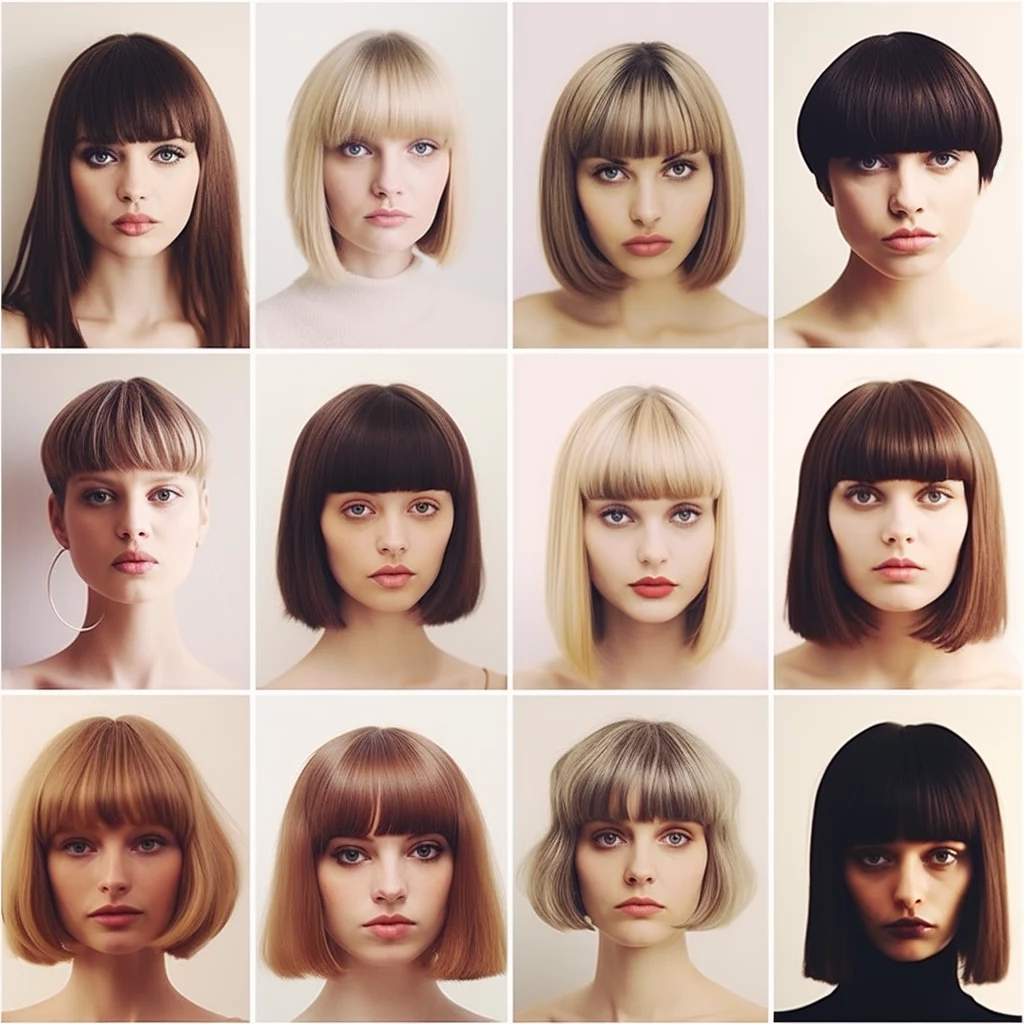
- Achieves that coveted ‘piecey’ separation without looking stringy.
- Adds subtle volume and hold for an all-day tousled effect.
The secret? A styling wax or pomade. Instead of spraying, warm a pea-sized amount of a product like Kevin Murphy ROUGH.RIDER between your palms and scrunch it into the mid-lengths and ends.

The latest evolution taking over is the ‘hydro bob,’ and it’s all about achieving a high-shine, ‘wet look’ finish that feels incredibly modern. It’s not actually wet, of course. The illusion is created with a cocktail of shine sprays, glossing serums, and lightweight gels layered over a perfectly sleek blow-dry. The key is a glass-like reflection that catches the light, making the sharp lines of the cut even more dramatic.
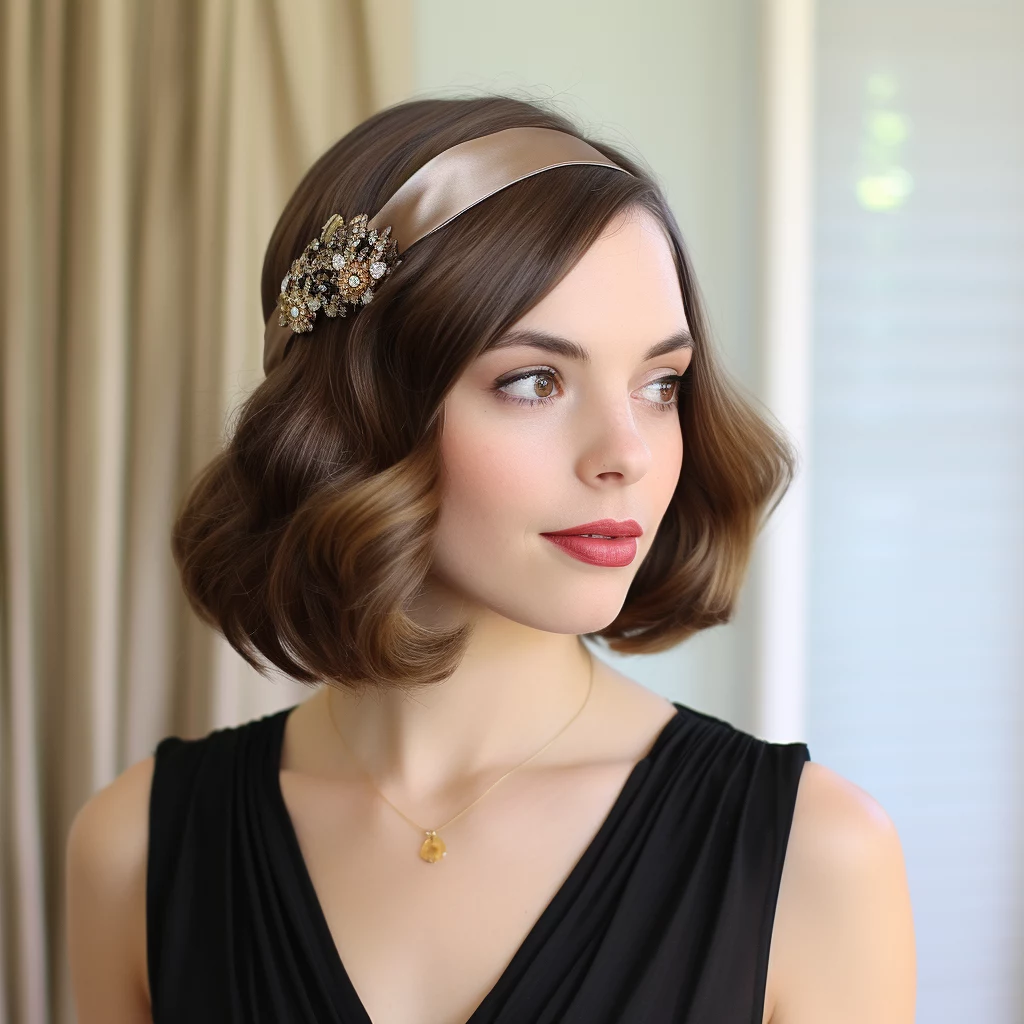
I love my bob, but can I get balayage without it looking stripey?
Absolutely, but the technique is crucial. For a bob, stylists often use a ‘micro-balayage’ or ‘foilyage’ approach. This involves painting much finer sections and often enclosing them in foils to get brighter lift. It avoids the harsh transition lines that can be obvious on short hair, instead creating a seamless, sun-kissed blend that enhances the cut’s movement.

The Hidden Cost: The initial cut is just the beginning. A sharp, precision bob is a high-maintenance relationship. Factoring in a trim every 6-8 weeks is essential to your hair budget. This isn’t a cut you can get once and forget about for six months; its power lies in its pristine shape, and that requires regular upkeep.
- For Work: A single, minimalist metallic barrette, like those from Lelet NY, tucked neatly behind the ear.
- For Weekends: A silk or velvet scrunchie for a soft half-up style.
- For Evening: A scattering of delicate pearl or crystal pins to add a touch of unexpected sparkle.
